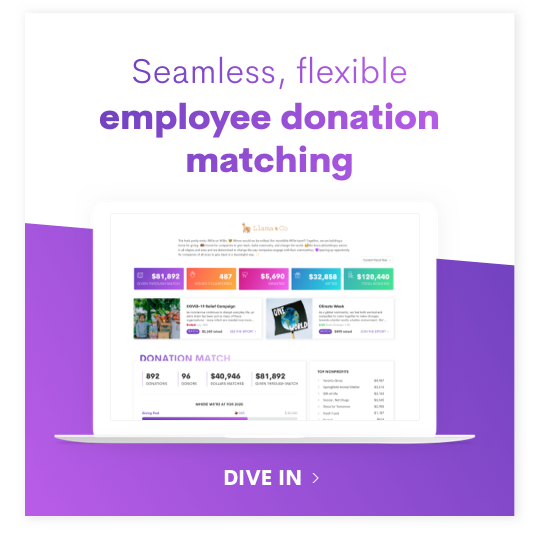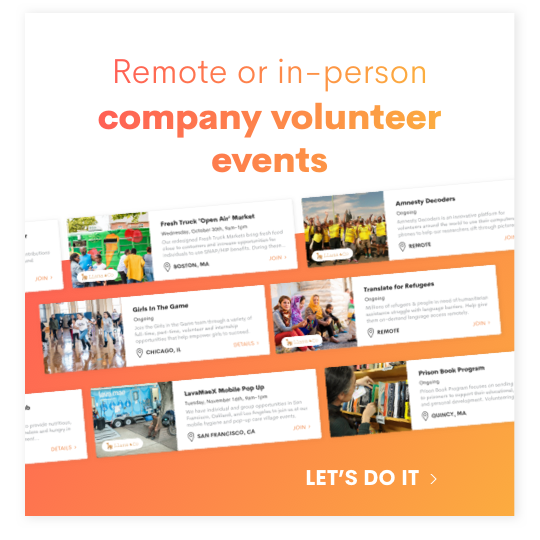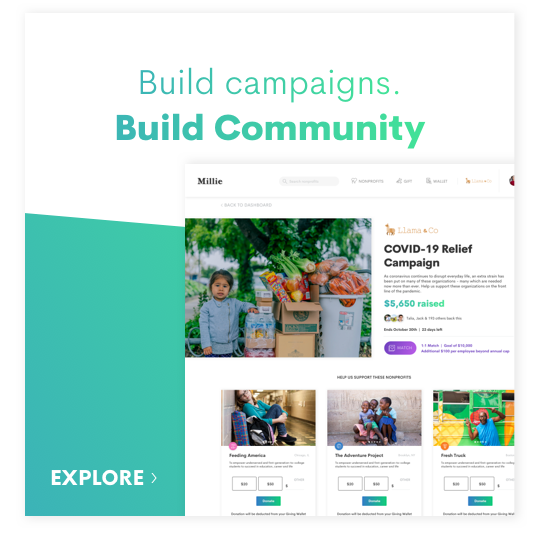ERGs, or employee resource groups, are easy to define. These affinity groups consist of volunteer employees who get together to boost the professional development of minorities and underrepresented groups. The goal: to increase employee engagement and make people of all backgrounds feel comfortable and heard in their present position.
The question isn’t whether it’s a noble purpose. It is. The question is how to pull it off the right way to create a successful ERG when not every employee feels inclined to buy in. How can employers make sure that employee resource groups serve their mission and deliver the results intended? Here are some ideas.
The Goals of Successful ERGs
First, let’s define what makes a successful ERG in the first place. These groups are powerful instruments for improving the success of employee diversity initiatives. Put simply, the presence of employee resource groups should make it easier to celebrate diversity and enhance the retention of employees from different backgrounds.
In an ERG, that might mean focusing on people with disabilities, minorities, the LGBTQIA+ community, women, or even different religious communities. ERGs aim to help develop employees who identify with these backgrounds and more, thereby building a more inclusive workplace overall.
The problem is that these goals can sound vague. How do you measure the success of employee resource groups and enable them to build that more inclusive workplace?
Step #1: Set Clear Expectations
For employee resource groups, a mission statement can be critical. No one within the ERG should wonder what they’re doing there or what their goals are. Business resource groups with vague, poorly defined goals don’t know what they’re aiming at. How should anyone in business leadership expect that they’ll create any meaningful change without a clear set of expectations in place?
The first step in establishing expectations is open communication. Consider the following:
- Are there any volunteers at your company who want to set these benchmarks? Or is this a top-down decision? Involve anyone who has previously expressed interest in ERGs. Get their feedback. Do they agree on the goals you’re setting, or do they have some of their own to offer? Diversity initiatives aren’t off to a very good start if you aren’t fully inclusive from the very beginning.
- Encourage leadership buy-in. Leadership buy-in is critical because it will get things moving and help everyone in the ERG understand the support they have at their back. By working with senior leaders, the ERG will also feel that the sense of belonging you’re trying to create is genuine and not just the latest corporate initiative for marketing purposes.
Finally, define your goals in terms of the inclusivity that you aim to improve upon. Set that as your North Star, and make sure that the ERG is on board with these goals. Millie offers a tool called Groups that’s specifically designed to help ERG leaders be more efficient and effective. With Groups, ERG leaders can easily build a beautiful landing page for their affinity group, where they can clearly state their why, highlight important causes and resources, and promote ERG-sponsored events.
Step #2: Choose the Team
It’s one thing to start an ERG with good intentions. But any business leader knows that success is about more than good intentions. You have to find the right people to see it through.
That means building an application process to gauge who wants to join the ERG. It’s vital to set the goals ahead of time to let applicants know what the group will expect. What kinds of improvements will they be focusing on day-to-day? Who will these improvements apply to? Clear goals will help you get a roster of talented people who are genuinely enthusiastic about the issues at play.
You shouldn’t have to create an overly tricky application process. You simply want to gauge how much interest there is and which people might be the most motivated to make the project a success. After all, building an ERG means you’re trying to create a safe space at work. In many cases, that doesn’t happen overnight. It means lending the project enough time and energy to give it a chance to succeed. Make sure you try to bring on board those who express a genuine desire to make that happen. Millie’s Groups tool empowers ERG leaders to seamlessly manage their members in one centralized place.
Step #3: Give the Group the Power to Make Decisions
Once you have a group in place, the next step is to begin onboarding. What you want to accomplish here isn’t necessarily giving the members instructions. After all, by now, you should have a clear mission statement in place. Next step: let the group start to make their own decisions.
Whatever the goal—whether it’s building mentorship programs at your company or creating an executive sponsorship program—it’s not up to the C-suite sponsor to discover the best way to go about it. Give the ERG autonomy. With a budget firmly in place, let the leadership of the ERG decide how to spend that budget. Let them set priorities for the program itself. As with human resources, there should be a level of independence with your ERG. They should feel that they’re empowered to suggest the kinds of changes that will result in meaningful improvements, not that they’re there simply for a corporate initiative that looks good on a press release.
With the ERG’s mission and goals firmly in place, you’ll have some ability to see how well the group is performing against its stated objectives. See what kind of creativity might flourish without too much input from leadership. Suppose you genuinely want to boost employee retention. In that case, remember that as employees become more invested in their destiny, they take on a sense of ownership in the business. That encourages them to give their best, improve the situation at the company, and bring energy into work they otherwise might not bring. Empower your ERG leaders with the tools they need to do their jobs well, and then let them fly.
The result? You’ll have a successful ERG that’s capable of enacting real change at your company. You’ll also identify potential employees who may be a fit for future leadership roles, further enriching your sense of inclusivity at the business.



